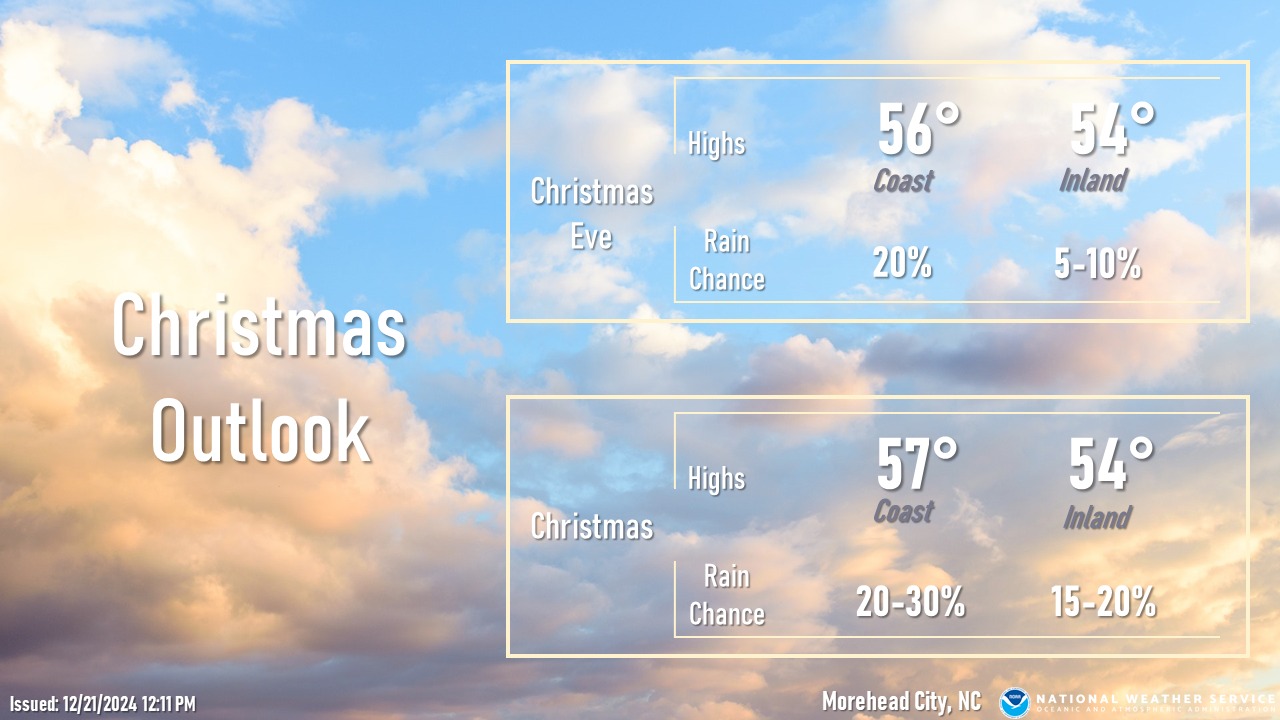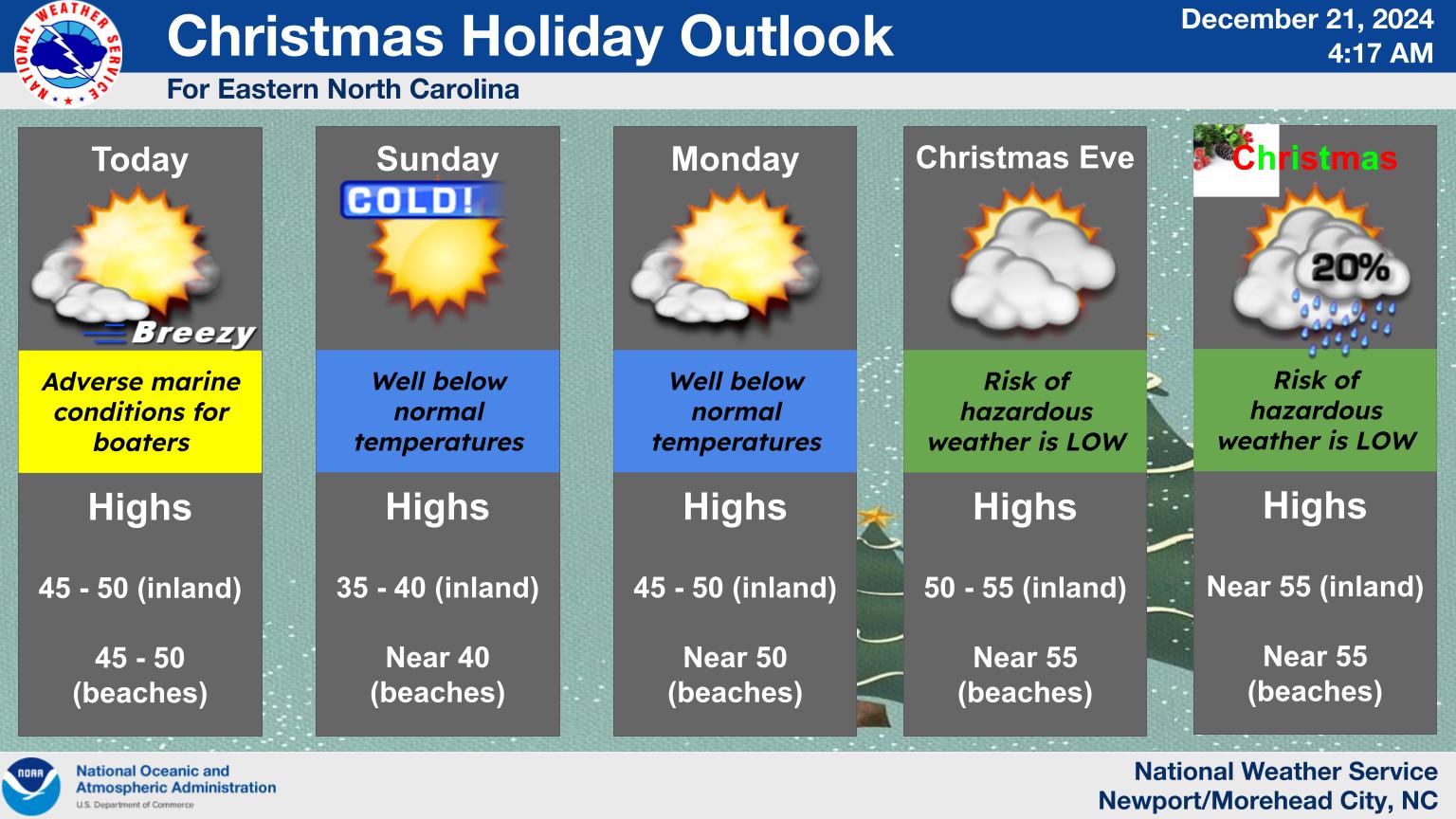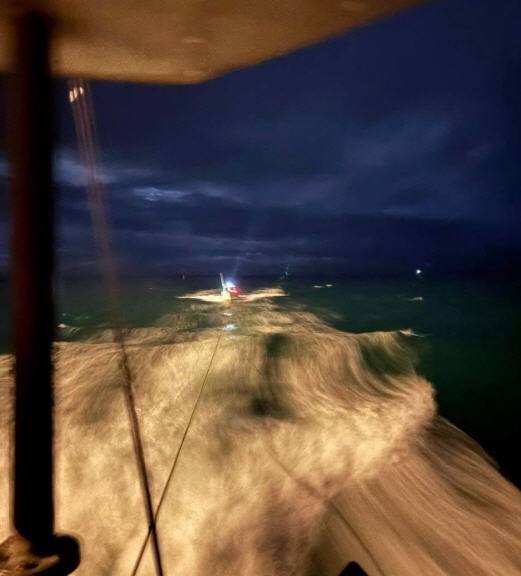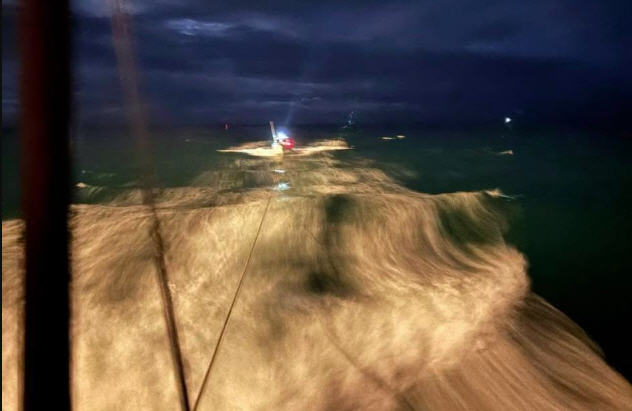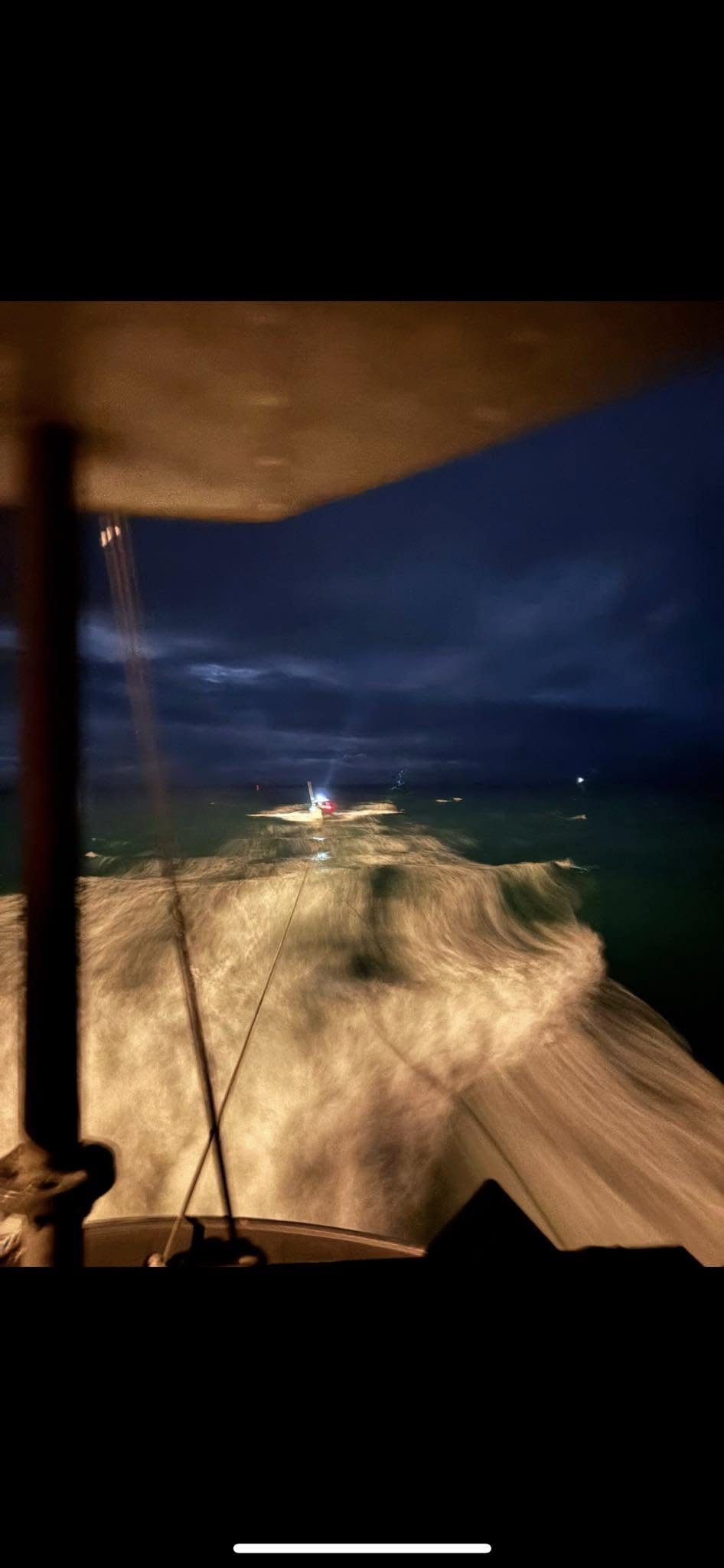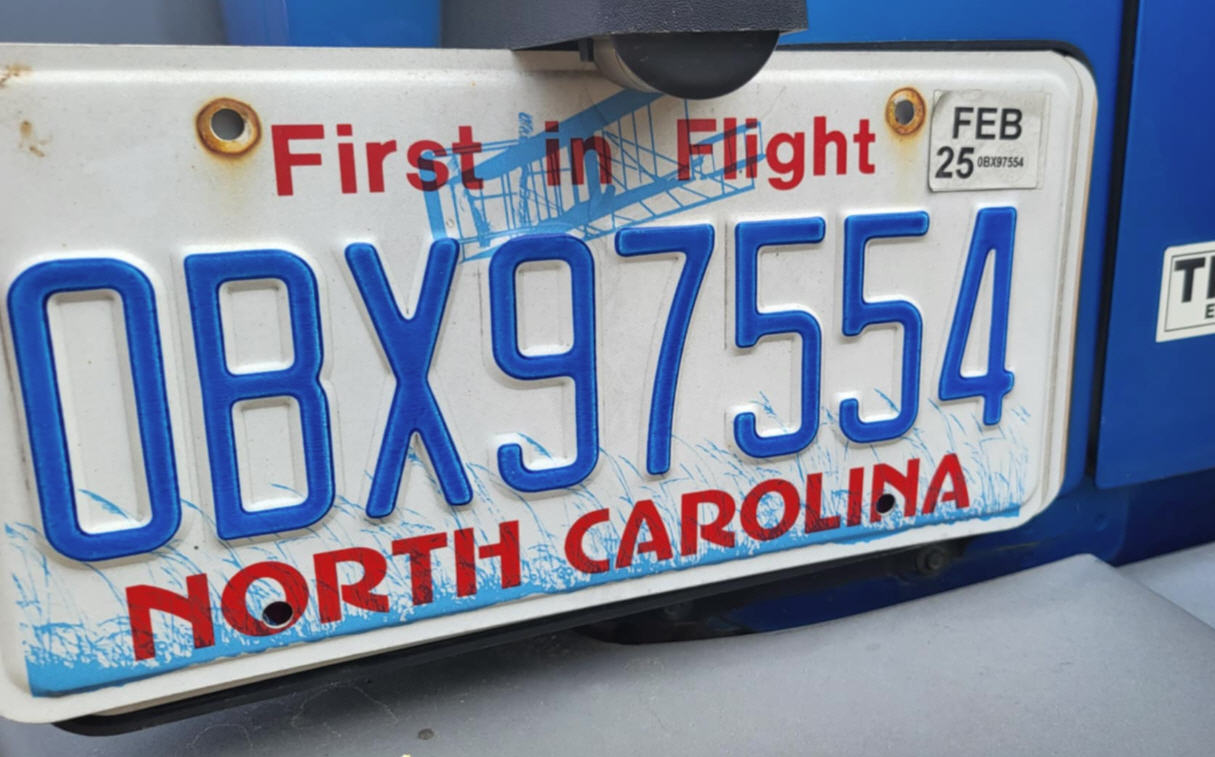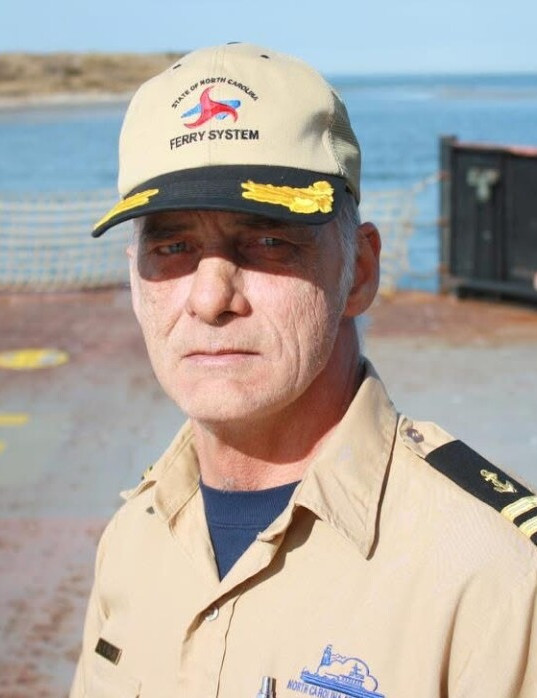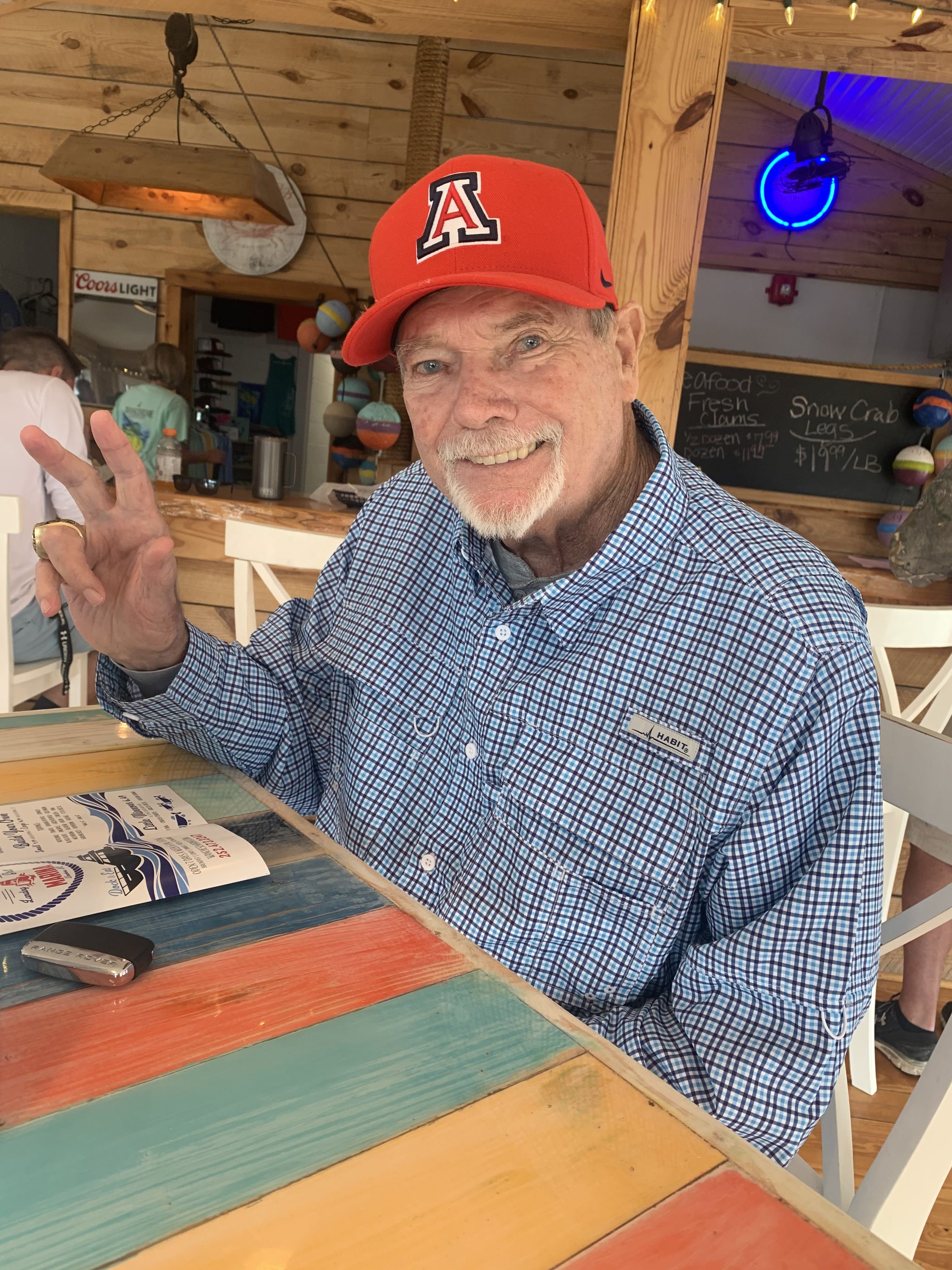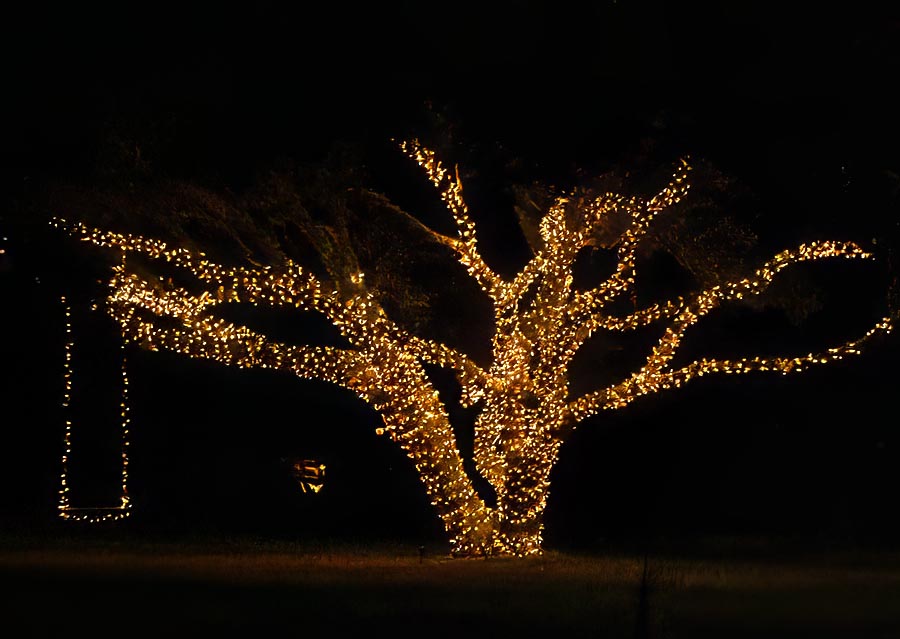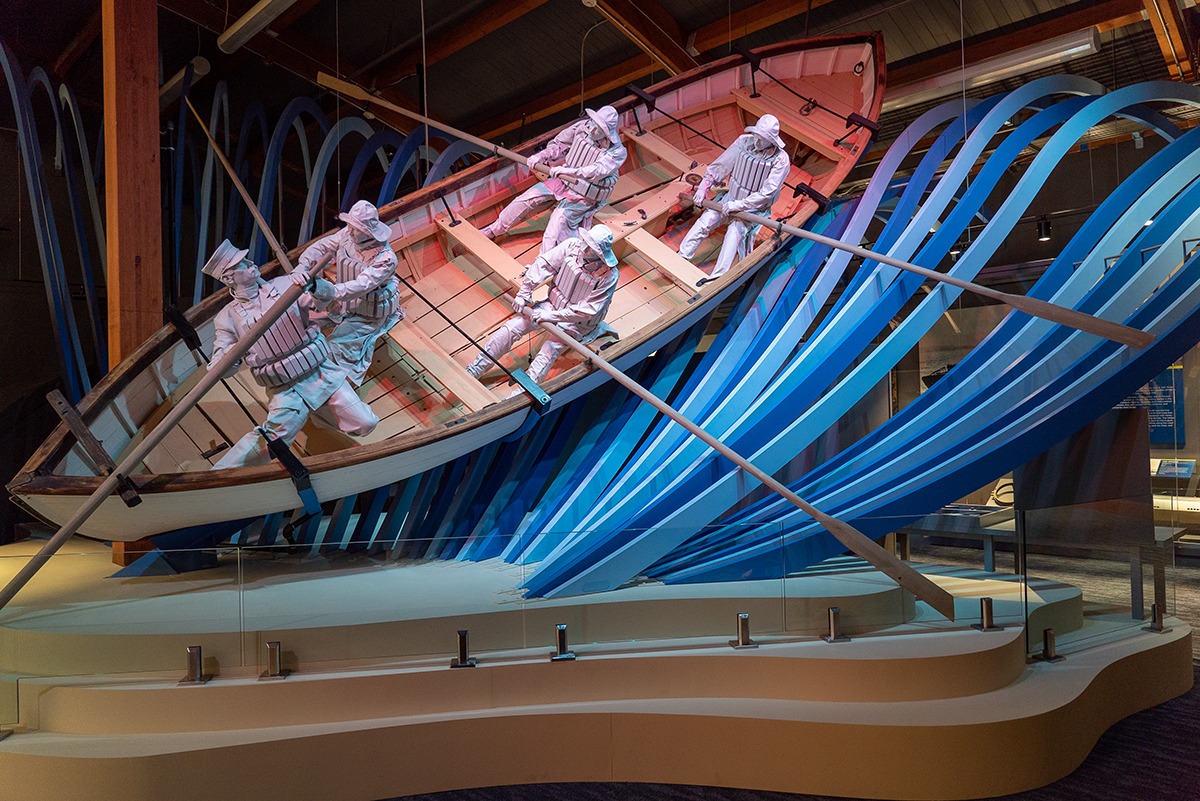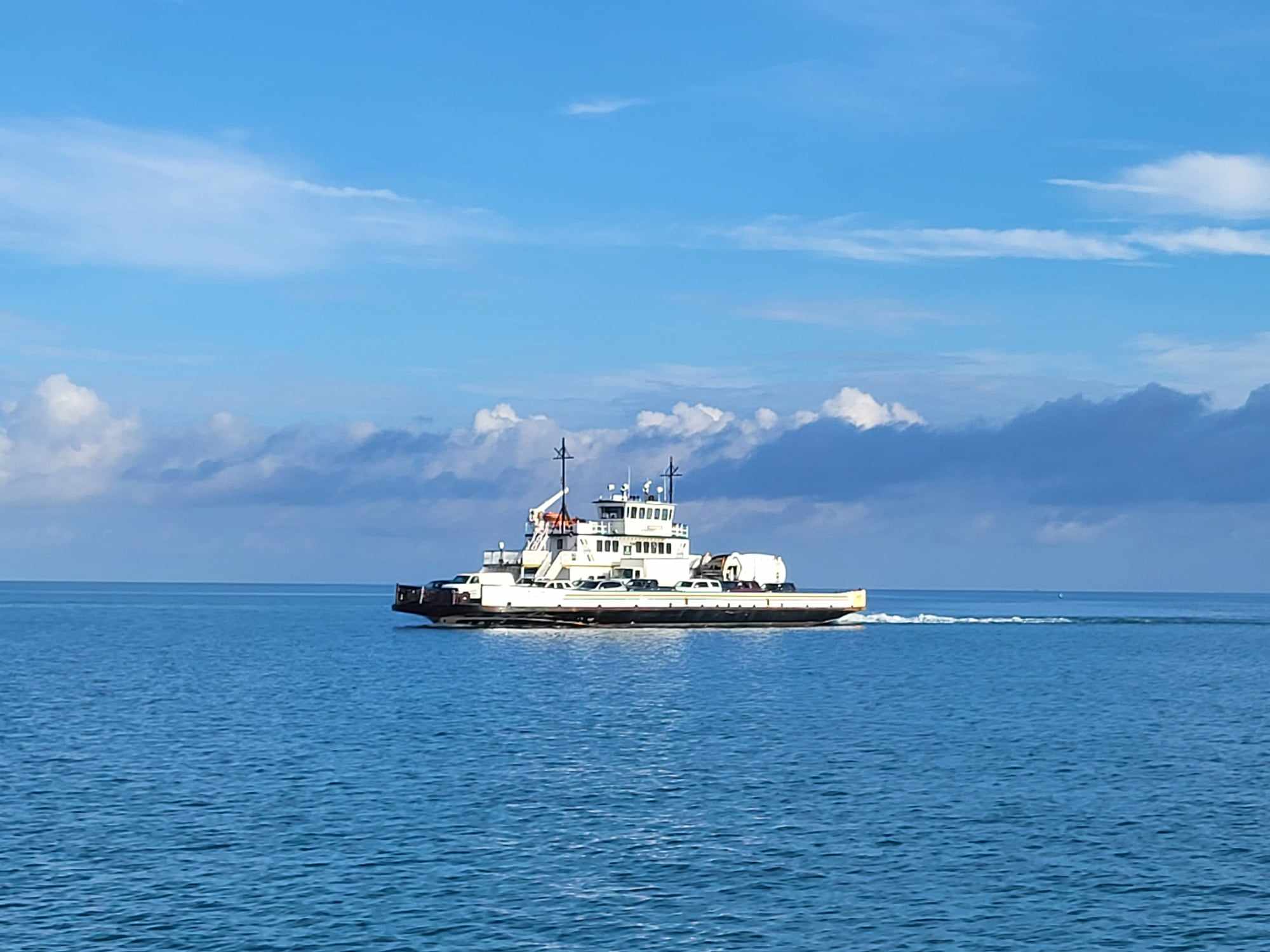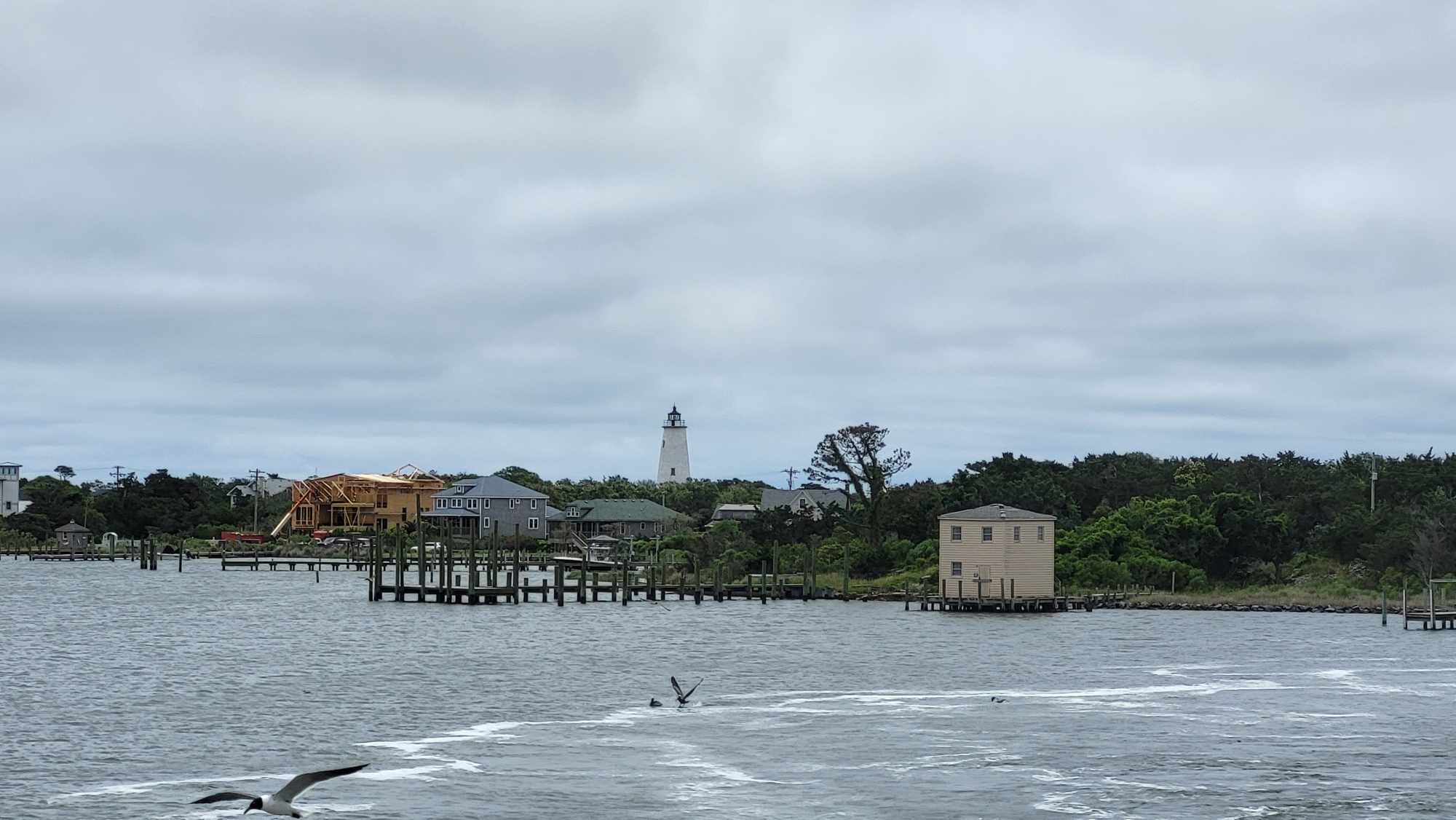Island History: A spotlight on stories from the Outer Banks’ Life-Saving Service
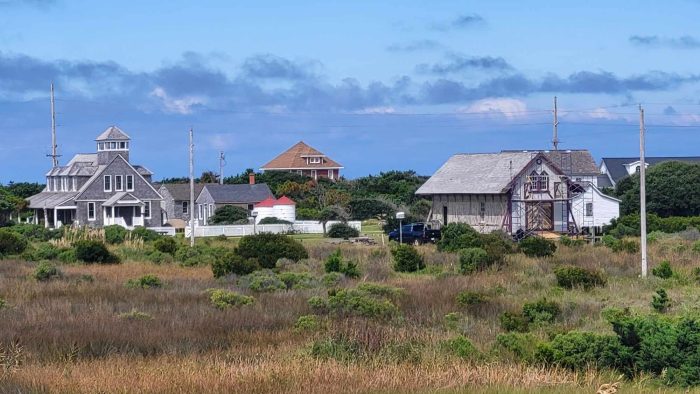
The Chicamacomico Life-Saving Station (CLSS) is celebrating its 150th anniversary this year, as one of the seven original Life-Saving Stations to be built in North Carolina in 1874.
As such, the Chicamacomico Life-Saving Station and Historic Site in Rodanthe will be sharing stories about the seven 1874 Outer Banks stations until the end of 2024, to celebrate and mark this milestone
The following is the next of these Life-Saving Station feature articles to honor the #LegacyofLifeSaving, written by Jen Carlson for CLSS.
All in a Day’s Work at the Chicamacomico Life-Saving Station
Sometimes it’s about neighbors helping neighbors: On January 29, 1898, New Inlet Station Keeper Josiah H. Westcott called the Chicamacomico Life-Saving Station to alert Keeper Banister L. Midgett, Jr. there appeared to be a boat capsized off the back of a reef in the sound.
Keeper Midgett wasn’t on duty as he had returned home for the day because his family was sick, so Surfman #1, or second in command, received the call. Not being in the tower, Surfman Dailey could only see what looked like to be a small lump northwest of the station about four miles out.
Immediately, he headed out, taking two other surfmen with him. On the way to the scene, the surfmen encountered a shad boat that had been going to Manteo before coming across a capsized boat. They took two men off the boat and were returning to shore before continuing their trip. The rescued men were in no shape to be transported back to the station, so instead, they were taken to Surfman D. O. Midgett’s residence.
One surfman returned to the station for the medicine chest and to alert Keeper Midgett of the incident while the other two began caring for the men. They were provided with dry clothing and treated for exposure to the elements.
Once Captain Ban arrived to the house, he realized all that could be done for the men had been so now it was a waiting game to see if they recovered. In the meantime, surfmen were sent back to the sound to retrieve the overturned boat and store it safely for the owners. The survivors remained in poor condition, so it was decided the men would stay at Surfman Midgett’s home during their recovery and he would remain at home caring for them. It took two days before the men fully recovered and were able to retrieve their boat and return home.
Adapt and Improvise at the Nags Head Coast Guard Station.
On June 29, 1918, the vessel, the Hattie Gage, stranded in a thick fog bank near the Nags Head Coast Guard Station (NHCGS). T
wo of the seven crew members attempted to land their lifeboat but capsized trying to land through the surf. One of the sailors was rescued and revived by the NHCGS crew while the other crew members set up the breeches buoy. In a unique twist, while three others were brought to shore via the breeches buoy, two sailors were brought to shore via the whip line. The body of the final sailor was also recovered. The six survivors were taken to the station and provided clothing before they were transported to Elizabeth City by the cutter, Gresham. The Hattie Gage, valued at $40,000, was deemed a total loss.
For more stories like these, visit the Chicamacomico LifeSaving Station where history is alive.




